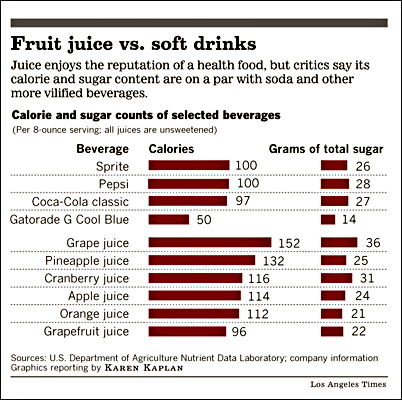By Jean Blish Siers *
 Over the holidays, I found myself seated across the table from a wonderful woman who volunteers each week at her local food pantry. A retired health care worker, she cares deeply about making sure everyone in her community has plenty to eat. I mentioned an agency we work with that provides free health counseling and medical checks for people who live with chronic illnesses (such as heart disease and diabetes), and who also live, for the most part, well below the federal poverty line. I said they had a tough time keeping their pantry stocked because they could not accept the food that so many other agencies receive and pass out daily – processed macaroni and cheese, canned soups and chili with high sodium counts, fruits canned in heavy syrups, “fruit snacks” with no real fruit in them.
Over the holidays, I found myself seated across the table from a wonderful woman who volunteers each week at her local food pantry. A retired health care worker, she cares deeply about making sure everyone in her community has plenty to eat. I mentioned an agency we work with that provides free health counseling and medical checks for people who live with chronic illnesses (such as heart disease and diabetes), and who also live, for the most part, well below the federal poverty line. I said they had a tough time keeping their pantry stocked because they could not accept the food that so many other agencies receive and pass out daily – processed macaroni and cheese, canned soups and chili with high sodium counts, fruits canned in heavy syrups, “fruit snacks” with no real fruit in them.
My dining companion, let’s call her Jo, said that was ridiculous. If people are hungry, you feed them; it doesn’t matter if it’s “good for them” or not. “Better to have something in their stomachs than to starve,” Jo said.
As someone who works hard to get good food to people who don’t have access to it, I admit I got a little defensive. I get weary of the argument that something awful and unhealthy is better than nothing at all, and then we leave it there. Why is that our choice? People suffering from cardiovascular disease, for instance, should have no more than 1,500 mg. of sodium each day. Less is better. Yet a single serving of Campbell’s Chicken Soup has 890 calories. Each can, which a hungry person could easily eat at a sitting, has more sodium than that person should have in a day.
Or imagine the person told by doctor to eat healthily to avoid a heart attack. Then hand that person a can of Stagg’s Chili with Beans, which contains a whopping 17 grams of fat per serving (more than a third of the saturated fats a healthy person should have in a day), and a crazy 1,020 mg of sodium. It sounds like a good thing to throw in the bin for the food bank – beans and protein. But for people with health problems, or on the edge of developing them, it’s fairly toxic.

Reprinted: LA Times
Likewise, did you know that while fruit juice provides nutrients, an 8-ounce glass of grape juice also has 36 grams of sugars, or 9 grams more than an 8-ounce glass of Coca-Cola? Offer that to a person struggling to manage their diabetes, and you’re going to have a problem. What they need are fresh fruits with metabolize much more slowly and don’t affect their blood sugar the same way.
Yes, something is better than nothing. A shack with no running water or heat is better than no shelter at all, but we’re not satisfied with people living in those conditions. A flannel shirt is better than a tee shirt on a cold day, but if it’s 10 degrees out, that child needs a winter coat at the bus stop.
We need to change the conversation about food. Food pantries ask me all the time for more produce. They say their clientele are desperate for good food that’s good for them. Surely, through education and communication with those who donate, we can begin making that wish a reality. Surely we can start asking people to donate the food we ourselves eat to stay healthy: Tuna, salmon, nuts, whole grains, fruits canned without heavy syrup, natural peanut butter, canned or dried beans.
Am I glad Jo is getting food to those who need it? Of course I am! Will I stop trying to get even better food those who need it? Of course I won’t!
* Jean Blish Siers is SoSA’s gleaning coordinator in the Charlotte, North Carolina area.
FEB
2018

